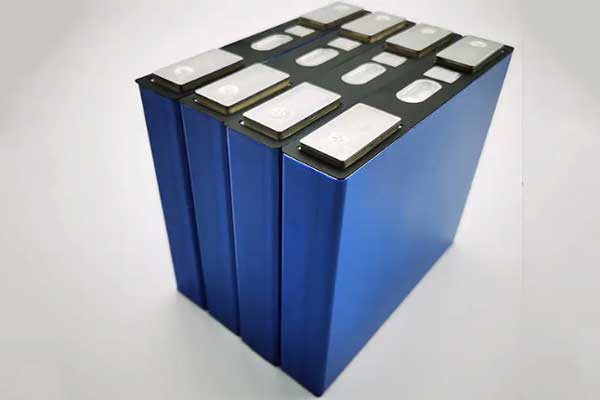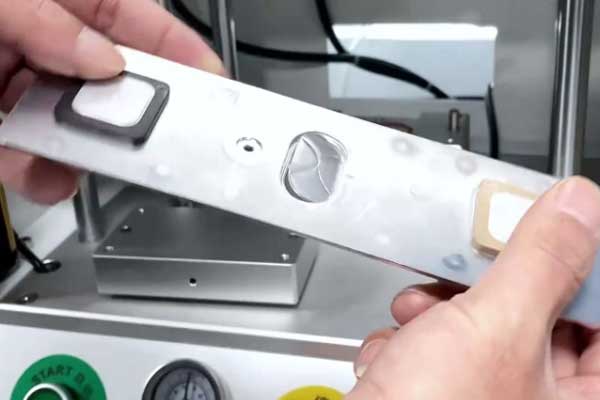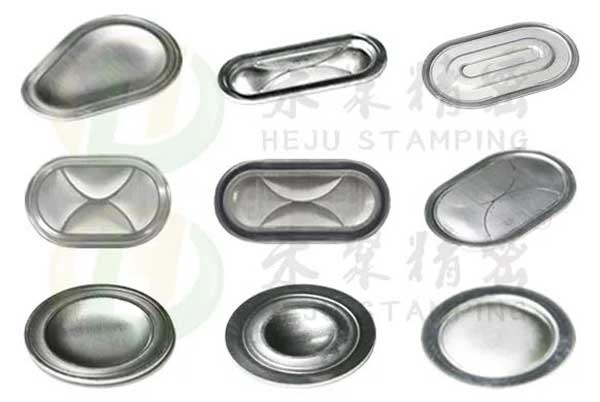How to Prevent Thermal Runaway in Electric Vehicles?-Custom Safety Vents in Prismatic Cells
The causes of thermal runaway are diverse. For the thermal runaway of lithium-ion batteries, the current mainstream solutions in China are mainly improved from two aspects: external protection and internal improvement. Internal improvement refers to the improvement of the battery itself. External protection is more complicated, mainly referring to the upgrade and improvement of the system.
Batteries Composition
Take prismatic lithium batteries as an example. Battery packs are usually composed of multiple prismatic cells, which are used to store and release a large amount of electrical energy. Since the power battery pack stores a large amount of energy, once an abnormal situation occurs (such as overcharging, over-discharging, high temperature, etc.), it may cause gas generation and pressure increase in the battery pack, and even cause fire or explosion in severe cases.
In order to ensure the safety of the battery pack, each power battery is usually equipped with an battery safety vent. The lithium battery safety vents is a safety device that can control the internal pressure of the battery. And then release overpressure or abnormal pressure in time to reduce the risk of explosion or fire.

Working Principle
The main explosion principle of the prismatic lithium battery safety vents is based on the principle of thermal expansion characteristics and pressure difference. When the gas pressure inside the battery exceeds the safety value set by the safety ventings, the valve will burst open and discharge part of the gas through the valve, thereby reducing the pressure of the gas inside the battery and maintaining the safe working state of the battery.
When the gas pressure inside the battery rises to exceed the safety pressure set by the valve, the pressure difference causes the valve to be acted upon by force, breaking through the limit of the safety vents, bursting the valve, and discharging the gas inside the battery.

Design Standards
The explosion parameters of the prismatic lithium battery safety vents are determined according to the design and use requirements of the battery. In addition, the opening force of the lithium battery vents also needs to be reasonably controlled. Too large or too small will affect the working effect of the valve. The explosion process of safety vents in prismatic cells mainly includes two stages: pressure accumulation and explosion release. In the pressure accumulation stage, the gas pressure inside the battery gradually increases. After reaching the threshold, the safety vents is rapidly exploded by the pressure. And the valve is fully opened, entering the explosion release stage. The gas inside the battery is quickly discharged through the valve, thereby maintaining the safe working state of the battery.
Car companies should pay attention to the purchase of prismatic lithium ion battery safety vents. The following requirements need to be met during the explosion of the battery safety vents.
First, fast response speed. That is, the ability to explode the valve in time before the gas pressure inside the battery reaches a dangerous value.
Second, reliable working performance. That is, the ability to work normally under different environmental conditions and not be affected by external factors.
Third, long-lasting service life, to ensure long-term and stable operation and avoid frequent replacement. Only in this way can the battery be safe.

Hejustamping-Providing Safety Vents in Prismatic Cells
Dongguan Heju Precision Electronic Technology Co., Ltd. is a leading stamping manufacturer in China. Specializing in the production of new energy vehicles safety vents in prismatic cells. We are one of the earliest companies in China to develop and produce these battery vents. And we have a wide range of models and specifications, with a single unit pressure range of up to 0.03MPA. Our CPK>2.0. We work closely with customers in product development and have passed the three major certification systems: ISO9001, ISO14001, and IATF16949.
